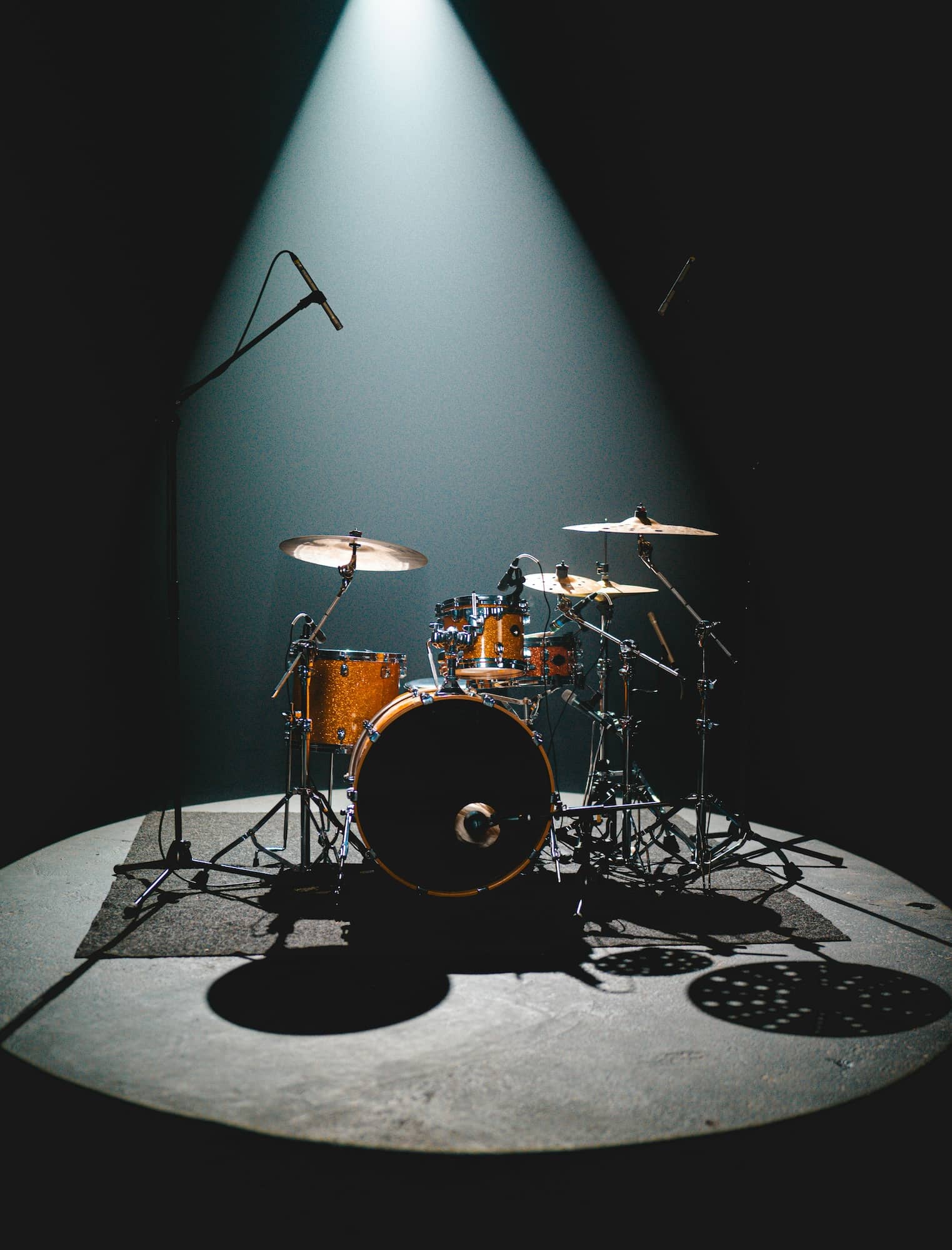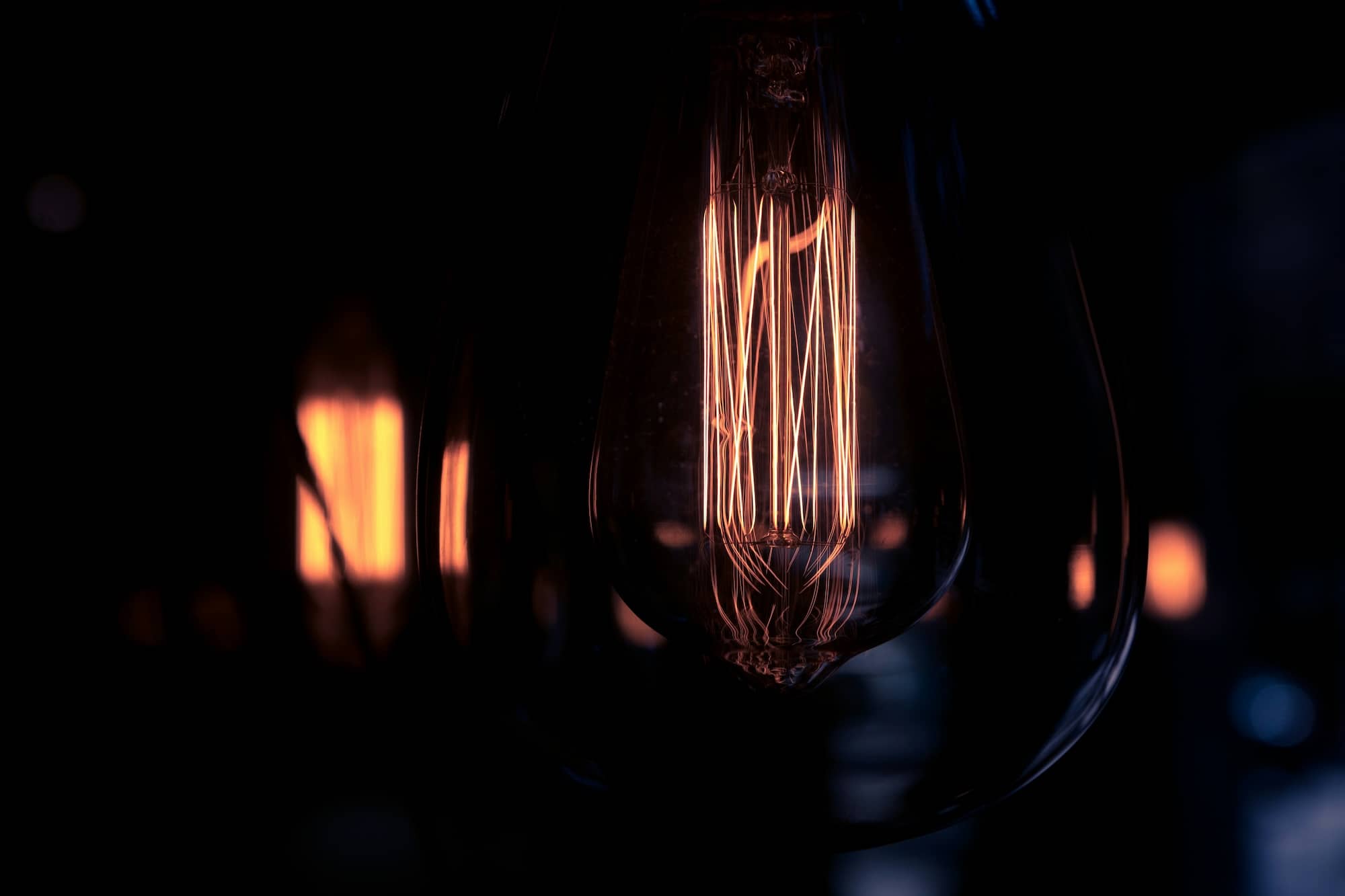The Fusion of Tradition and Innovation in Design
Mar 8, 2024
This article explores the delicate balance between tradition and innovation in the world of design. Examining how contemporary designers draw inspiration from cultural heritage while embracing cutting-edge technologies, it delves into the nuanced approach required to create spaces and products that bridge the gap between the past and the future.
Tradition and innovation need not be opposing forces; instead, they can coalesce to produce truly unique and resonant designs. By delving into case studies that juxtapose time-honored craftsmanship with state-of-the-art technology, this article unravels the dynamic interplay between historical influences and the demands of the modern world. It highlights how designers navigate this intricate dance, preserving cultural narratives while pushing the boundaries of what is possible.
Revitalizing Craftsmanship for the Digital Age
In this section, the focus shifts to the revival of traditional craftsmanship through the lens of contemporary design. As mass production and digitalization threaten age-old artisanal techniques, designers are championing a renaissance of craftsmanship. The article showcases examples where modern designs seamlessly incorporate handcrafted elements, paying homage to cultural heritage while ensuring the survival of traditional skills in an evolving landscape.
"Design is a conversation between the past and the future. It's about respecting where we come from while envisioning where we can go."

Elena Chang
Design Historian and Critic
Elena Chang, a renowned design historian, provides insights into the significance of acknowledging and celebrating design's historical roots. By understanding the cultural context and craftsmanship of bygone eras, designers can create contemporary pieces that resonate on a deeper level. Chang emphasizes the importance of this dialogue between tradition and innovation in fostering a rich and diverse design landscape.
Moreover, the article examines the impact of this fusion on consumer perceptions. In a world where authenticity is increasingly valued, products and spaces that blend tradition with innovation often evoke a sense of timelessness and cultural continuity. The discussion explores how this approach not only adds depth to design narratives but also enhances the emotional connection between users and the objects or environments they interact with.
In conclusion, "The Fusion of Tradition and Innovation in Design" celebrates the harmonious coexistence of the old and the new, showcasing how designers can draw from the past to create a more meaningful and culturally rich design future.




